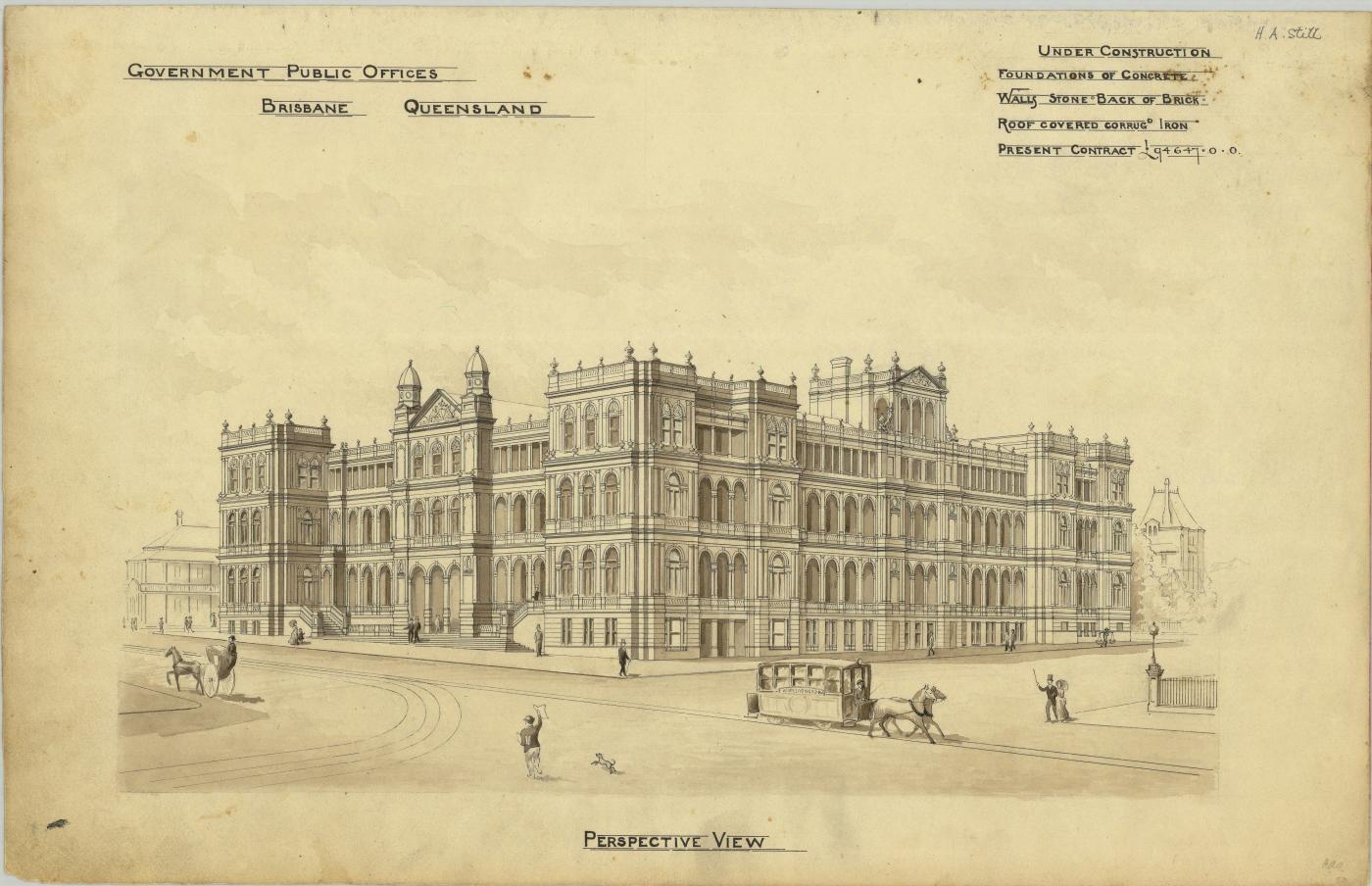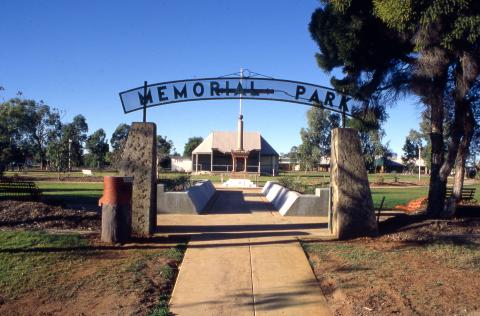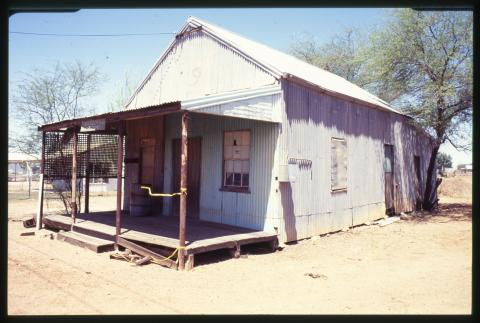
- News of the day
-
TBA
- Background
-
The Treasury Building was erected in three stages between 1886 and 1928.
The site at the junction of the George and Queen Street axes had been reserved for government purposes from 1825, and was associated with the Treasury from the 1860s. It was occupied initially by convict-built officers' quarters and military barracks. In 1864 the military moved from the site and the existing buildings were occupied by the Registrar-General, Treasury and Engineer of Harbours. In 1874 a single-storeyed building for the Registrar-General was erected on the corner of George and Queen Streets, anticipating a government re-development of what had become known as Treasury Square.
In 1883 the colonial government decided to construct new public offices on Treasury Square. A design competition, for a two-storeyed perimeter block to occupy the entire square, was won by Melbourne architects Grainger and D'Ebro, but their design was never used. The newly appointed Queensland colonial architect, John James Clark, argued that the site warranted a four-storeyed complex, to be erected in stages as government accommodation was required. Clark's own design, entered in the competition prior to his appointment as Queensland colonial architect in September 1883, was used.
Clark is significant in Australian architectural history. He received his training and experience in the architectural office of the Victorian Department of Public Works, and designed major public buildings in Victoria, Queensland and Western Australia.
Documentation for the first stage of the Treasury Building, which fronted William Street and the Brisbane River and returned a short distance down Elizabeth and Queen Streets, was completed by mid-1885, and site preparation followed immediately. Tenders for the main contract were called in April 1886, and Sydney builders Phippard Bros & Co. were successful with a contract price of £94,697/10/-. The principal architect on site was Thomas Pye, who resigned from the colonial architect's office in February 1887 to supervise the construction as a Phippard Bros employee.
When completed in September 1889, the new centre of government administration in Queensland was occupied by the Premier, Colonial Secretary, Registrar-General (in a purpose-built fire-proof section at the corner of William and Elizabeth Streets), Treasury, Mines, Works, Police and Auditor-General. It was home to the Cabinet and frequently to the Executive Council from late 1889 to 1905.
Stage two, which completed the Elizabeth Street section and continued two-thirds of the way along the George Street frontage, was commenced almost immediately. The documentation and working drawings were prepared by Thomas Pye, re-employed by the colonial architect's office to supervise the project. Tenders were called in April 1890, and the principal contract was let to builder John Jude of Adelaide, with a contract price of £67,000.
The contract was completed by February 1893 and the new wing was occupied in the middle of that year by the Registrar of Titles, Justice, Works, Public Instruction and the State Savings Bank, for whom a purpose-built banking chamber was included in the design which in all other details replicated stage one. Later in 1893 the courtyard was landscaped with a grass oval surrounded by a gravel carriageway, border planting, and trees.
The site then consisted of stages one and two of the Treasury Building, and the 1874 office of the Registrar-General.
In the 1890s and early 1900s the imposing Treasury Building served as a symbol of self-government and as a focus for celebratory and patriotic displays. In 1901 the proclamation of the Australian Commonwealth was read from a balcony on the William Street elevation.
Owing to the construction around the turn of the century of new offices for the Department of Agriculture and the Executive Building (QHR 600123), which provided additional government accommodation, work on the third stage of the Treasury Building was not started until 1922. The Registrar-General's building was demolished late 1922/early 1923, and construction commenced in mid-1923, using day labour. This was deliberate government encouragement of state enterprise, as was the government acquisition of Millers Quarries at Helidon to provide the stone.
The front elevation of the third section differed only slightly from Clark's original concept, although structurally and in internal materials and fittings it was a 1920s building. It was completed, occupied and opened officially in 1928 at a final cost of £137,817, providing expanded accommodation for existing Treasury Building tenants.
In the 1950s, demand for further accommodation led to the construction in 1961 of a five-storeyed annex in the courtyard. In 1971 the Treasury and Works Departments moved to the new Executive Building at 100 George Street, thus severing the Treasury Building's connection with these principal government departments. The annex was demolished in 1987, in anticipation of a major government refurbishment of the site.
Since 1989 the Registrar-General has remained the sole occupant of the Treasury Building, but it continues to be the best known and identifiable government office building in Queensland.
Courtesy of the Queensland Heritage Register



